Fungal Infections at the Gym? Here’s How to Prevent Them
Fungal infections are a common risk often overlooked by people who regularly work out at the gym.
While exercise offers numerous health benefits—from reducing stress and boosting metabolism to maintaining a healthy weight and enhancing immunity—sweat and damp environments at the gym create the perfect breeding ground for fungi.
Approximately half of all fungal species are considered harmful. When fungi attach to the skin, they can develop into infections and cause symptoms such as rashes, itching, or skin discoloration.
Common fungal infections include ringworm, athlete’s foot, and jock itch.
On top of that, bacteria and viruses left on gym benches, weights, or treadmills can further increase the risk of infection.
That’s why people who exercise frequently are more prone to skin problems caused by excessive sweating.
The good news? You can still enjoy your workouts safely as long as you maintain good personal hygiene and remain aware of your surroundings.
Healthy Habits to Prevent Fungal Infections at the Gym
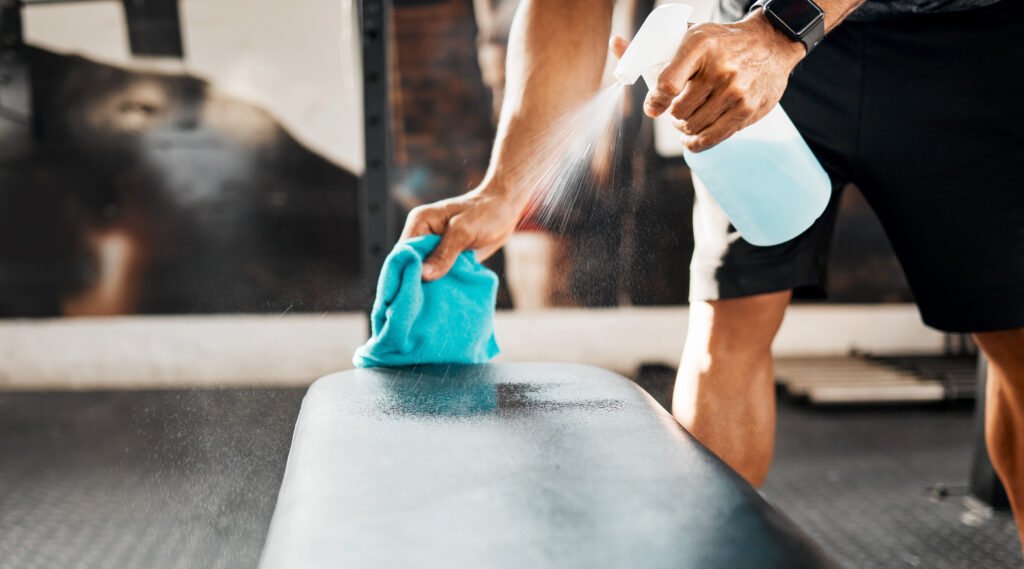
Here are some practical tips to protect your skin while working out:
1. Disinfect Gym Equipment and Gear
- Bring your own items, such as a yoga mat.
- Avoid sharing towels, since fungi spread easily through damp fabric.
- Wash and dry your mat before storing it.
2. Use an Extra Protective Layer
- Place a towel on gym benches or stationary bike seats.
- Wear long-sleeved workout clothes to limit direct skin contact with contaminated surfaces.
3. Always Wear Footwear in Public Areas
- Use sandals or flip-flops in locker rooms, saunas, and around pools.
- Never borrow shoes to avoid athlete’s foot.
4. Shower Immediately After Exercising
- Showering helps wash away sweat, germs, and fungi from the skin.
- Use antibacterial soap, then change into clean, dry clothes.
- Don’t reuse sweaty workout clothes.
5. Keep Your Hands Clean
- Wash your hands before and after workouts.
- Use alcohol-based sanitizer (at least 60%).
- Disinfect equipment with spray or wipes before use.
Symptoms of Fungal Infections
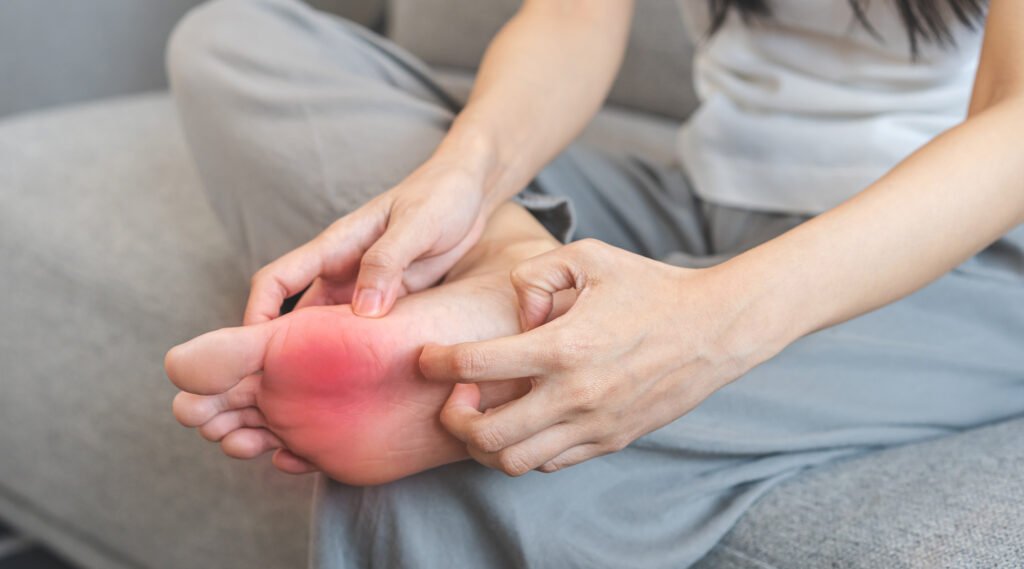
Symptoms vary depending on the type of fungus, but common signs include:
- redness, discoloration, or darkened skin patches,
- scaly, dry, or itchy skin,
- pus-filled bumps resembling pimples.
Fungal infections can occur on many parts of the body, including skin folds, feet, nails, and the groin area.
Treating Fungal Infections
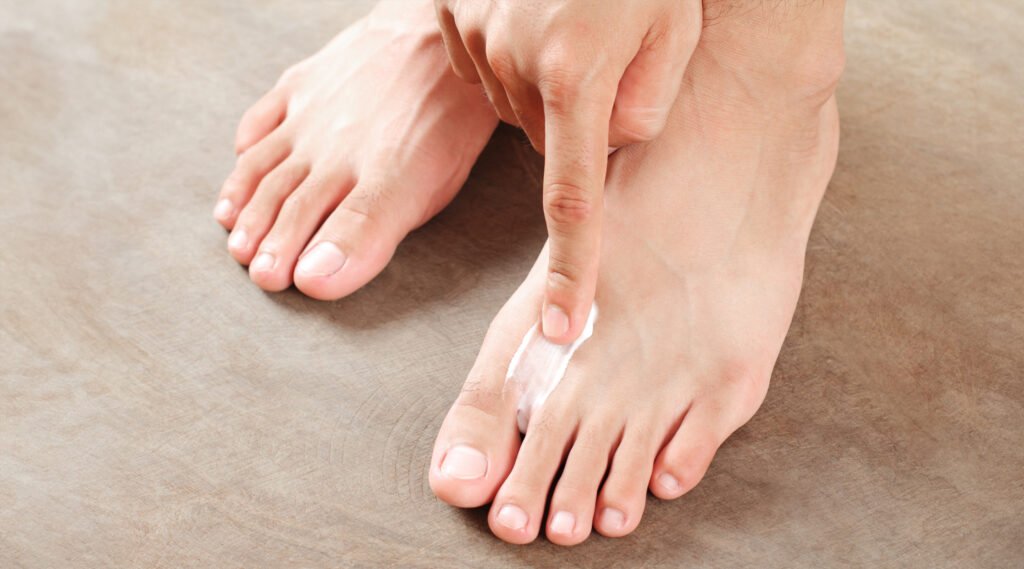
Most mild fungal infections can be treated with topical antifungal creams or ointments. In some cases, doctors may prescribe oral antifungal medication for faster recovery.
Aside from fungal infections, workouts can also cause chafing, irritation, or small cuts from tight clothing or friction.
Don’t leave open wounds untreated—clean them with wund+™ Wound Spray to prevent infection, then apply wund+™ Regeneration Cream to keep the skin healthy and support faster healing.
With good hygiene and the right care, you can stay active at the gym without worrying about fungal infections or minor skin injuries.
References
American Academy of Dermatology. Accessed in 2025. How to prevent common skin infections at the gym.
Canesten. Accessed in 2025. How to Avoid Fungi When You’re Physically Active.
Cleveland Clinic. Accessed in 2025. Skin Fungus.
WebMD. Accessed in 2025. Fungal Infections of the Skin.


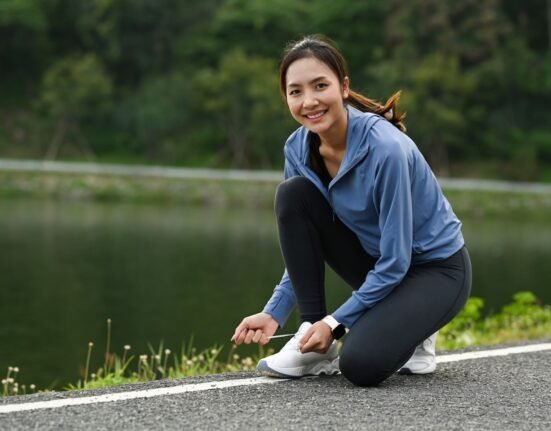




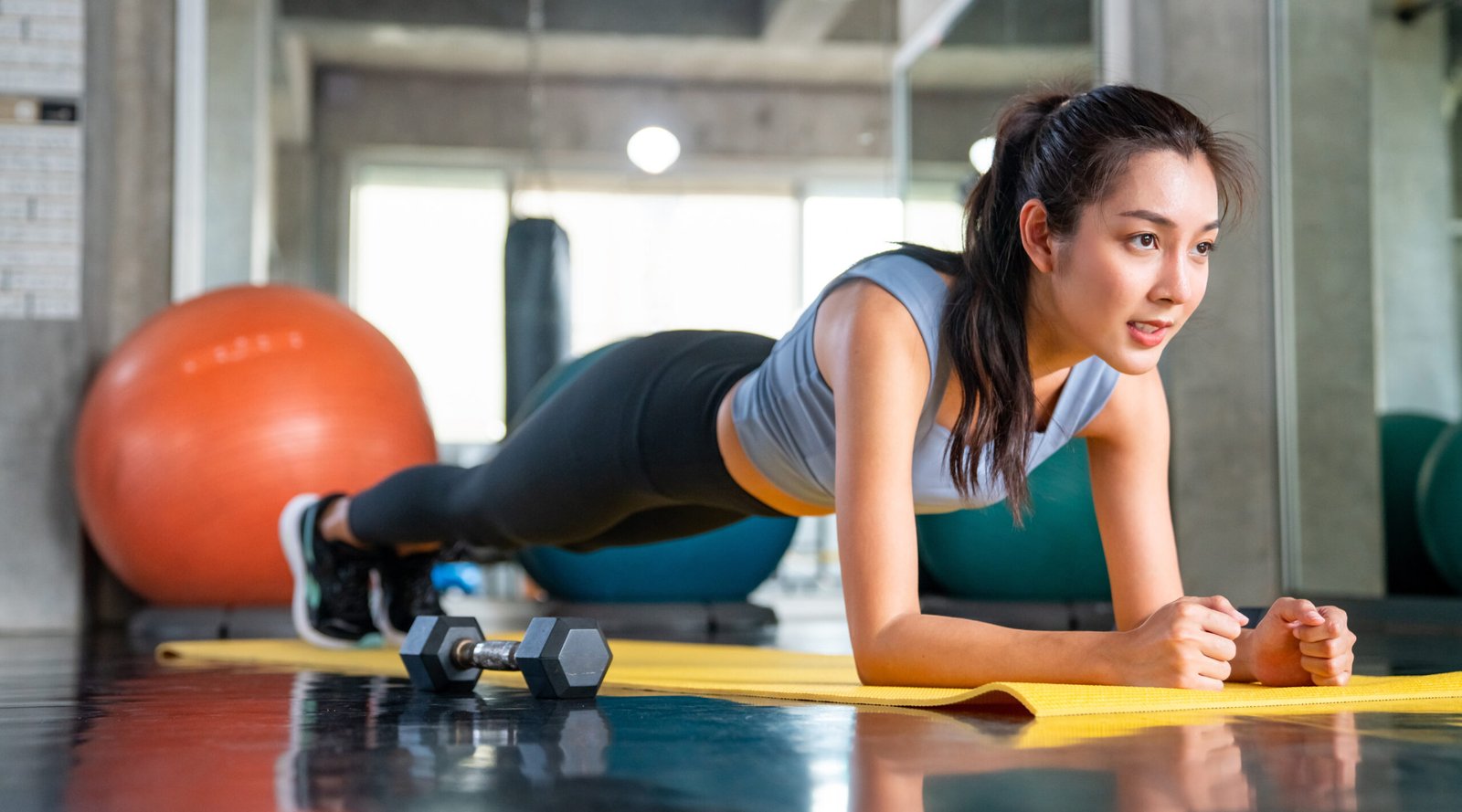
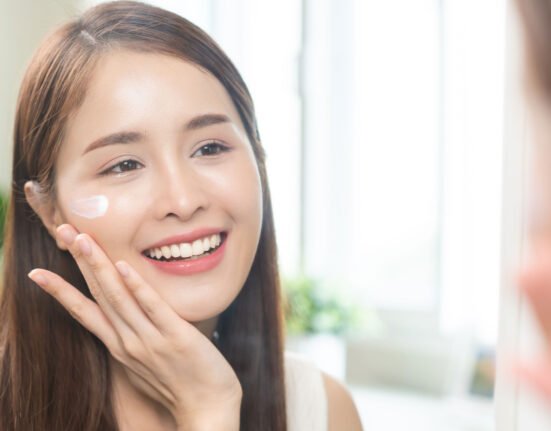

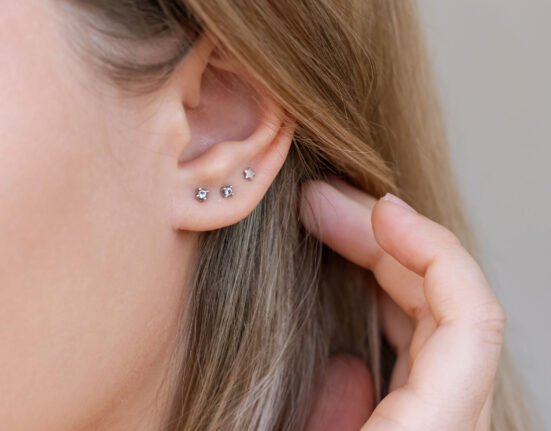
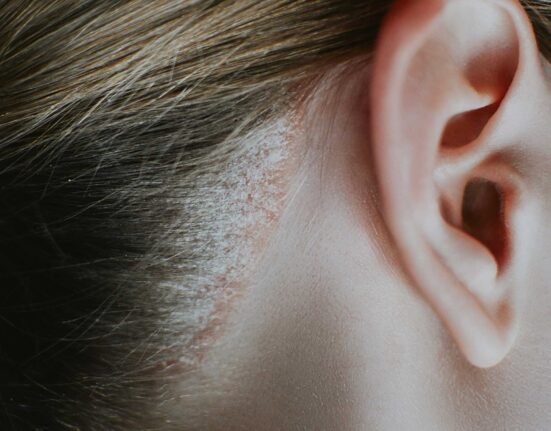
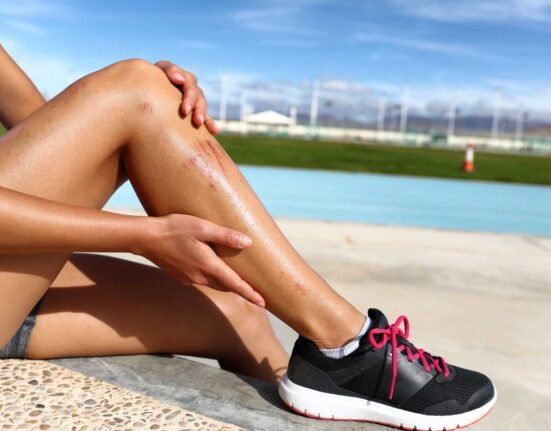

Leave feedback about this